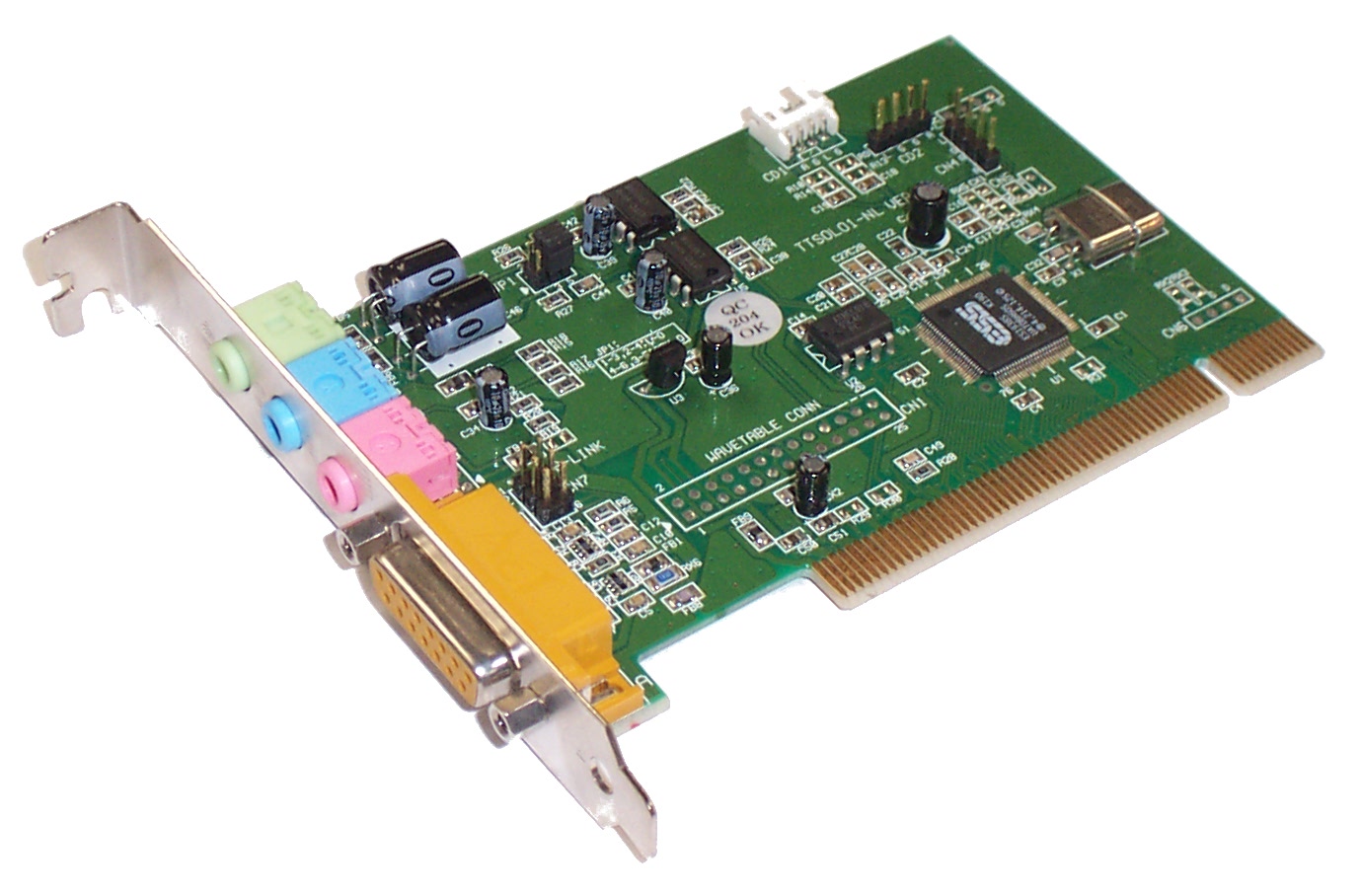Listening to SID music (Commodore 64) via OPL3 on modern PCs

Probably not all fans of chiptune music know that you can listen to SID music through the OPL3 FM synthesizer. Someone might think that it will be something terrible, but if it turns out to be a simple mapper, you can get a very good sound, as several developers did in the LLSID program back in 2007. There are two versions of this program 1.2 under DOS playing music through the hardware OPL3 synthesizer and version 1.4 under Windows, but through its own YMF262 emulator (OPL3). The emulator does not sound like an iron OPL3 synthesizer, so I do not recommend version 1.4.
In this case, we will consider sound cards on the PCI bus so that you can listen on modern PCs. Immediately you need to decide which sound cards are suitable for this purpose - these are sound cards with a hardware FM synthesizer working in DOS, since LLSID works only in DOS. These sound cards include ForteMedia on a FM801-AU chip with a good hardware clone OPL3, YAMAHA 724/744/740/754, or ESS 1938 Solo-1 - in later ESS cards, there is no hardware ESFM synthesizer. These cards are quite easy to find on sale and although some have drivers for Windows 98 are not higher, but this does not hurt to listen to music on modern computers. The main thing that your PC has a PCI slot. All other PCI-sound, whether from Creative or Vortex AU8810 / 30, do not have hardware OPL3, but only emulate FM in rather poor quality. If you have a completely different sound card, you need to watch the datasheet of its chip.
')
Further I suggest to get acquainted as SID-music through ForteMedia FM801. Recorded through a simple smartphone, because I don’t have any video capture cards, otherwise you don’t record the DOS screen or audio stream, so sorry for the bad video quality.
On a recording via a cheap microphone, the quality of the music is much worse than the real sound, but this is just for your reference. But as you can imagine, it sounds like “iron” and I like this kind of music even more than through MOS 6581 emulators. So, FM synthesizers on cheap sound cards of the past are not a rudiment, which is only suitable for playing mid-drives. SID music is alive, every month there are new tracks for this chip.
For those who do not want to mess with the DOS setting, I have prepared customized software for the flash drive. You only need to take any old USB flash drive with more than 100 MB and format it in FAT32 with transfer of MS-DOS system files. Then transfer all the files from my archive to the root of the flash drive and reboot by loading the PC from USB.
Autoexec.bat and Config.sys are configured with different options for downloading drivers for different sound cards. JEMM386 is used as a memory manager. Norton Commander, Volkov Commander and Dos Navigator are already configured to listen to sid music files, as well as a2m, sat, dfm, hsc, xms, mid.
One small life hack, on the eve of the preparation of this material on my YAMAHA 744B, the sound in one ear disappeared. On all sites where I was looking for information on this issue, I did not find the answer. Then I decided to solder large parts on my sound. It was a capacitor, stabilizer 78L05 and OU. The sound appeared after a soldering of the operational amplifier. At first, I replaced it with the same one as the JRC 4558 - it sounds normal with bass. Then he put more expensive OPA2134 - the bass became less, but the sound became cleaner. Maybe a person who knows here will tell you which of these op amps should be put on sound cards, so that it’s good and not expensive, like the AD8620: JRC 4580 M-TE1, OPA2134 PA, LME 4960 NA, LM 4562.
Download customized files for DOS
But the video - a comparison of the sound of the OPL3 in Dosbox and Yamaha 744 and Windows Wavetable. If you set General Midi or Roland MT32 in the setup settings of the sound in the game and port 330, then the midi device will be used, which is used by default in Windows:
In the Duke Nukem 3D game, a higher quality stereo sound is heard, and in the Tekwar game, the instruments sound even different, so the difference between the emulator and hardware ... And so in each game, the emulator differs from the real card and after that somehow the emulator does not go it would be desirable, but in your favorite X-COM: UFO, there is no music enjoyment at all on the emulator.
Source: https://habr.com/ru/post/448740/
All Articles